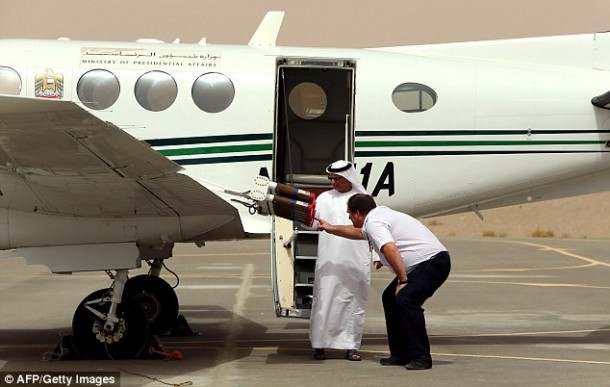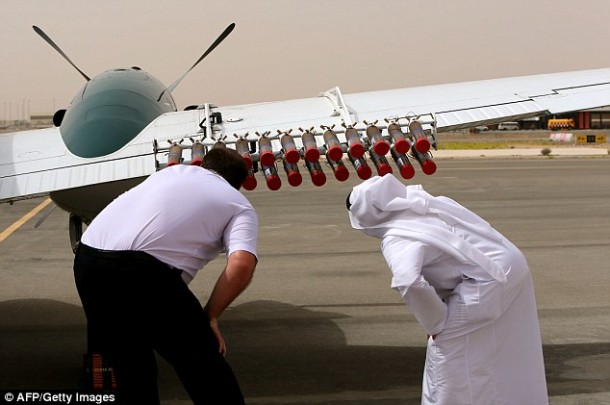The United Arab Emirates (UAE) is among the world’s top 10 driest countries that receives an annual rainfall of merely 78mm. This is 15 times less than what UK gets on average in a year. In order to tackle this issue, UAE has decided to squeeze out every last drop of rain from the clouds by making use of cloud seeding. It is the name given to the technique of launching salt missiles into the clouds from planes. It is executed for increasing the condensation and thus triggering a downpour.
UAE’s National Centre of Meteorology and Seismology (NCMS) makes use of the Abu-Dhabi based forecasters for monitoring the weather radars in order to convey to pilots who are flying official government aircrafts when to engage in rain-inducing missions.

Mark Newman, deputy chief pilot at NCMS said, “As soon as they see some convective cloud formations, they launch us on a flight to investigate.” If the conditions are right, the pilots will attempt to seed the cloud. He also stated that summer is the busiest time for these missions since clouds are forming over the eastern Al-Hajar Mountains during this time. He further told that the updraft determines the number of salt missiles that need to be fired, “If we’ve got a mild updraft, we usually burn one or two flares. If we’ve got a good updraft, we burn four, sometimes six flares into the cloud. It is fantastic… As soon as there is rain, there is a lot of excitement. We can hear the guys in the office are happy.”
As per Omar al-Yazeedi, head of research at NCMS, cloud seeding is cheaper than desalinating water. In 2010, four days of heavy rain that was induced by cloud seeding resulted in a downpour that was equivalent of 9 years output from a single desalination plant located in Abu Dhabi. He said, “This shows that there is a huge amount of water that could be tapped… It is a source that cannot be ignored.”
UAE has about 130 dams and the NCMS executive director Abdulla al-Mandoos told that studies are being carried out to construct more dams and protect water from going to waste. He said that studies are being aimed at directing the rain ‘fro the cloud right into the aquifer’. He further added, “We do not want to waste a drop of water.”


